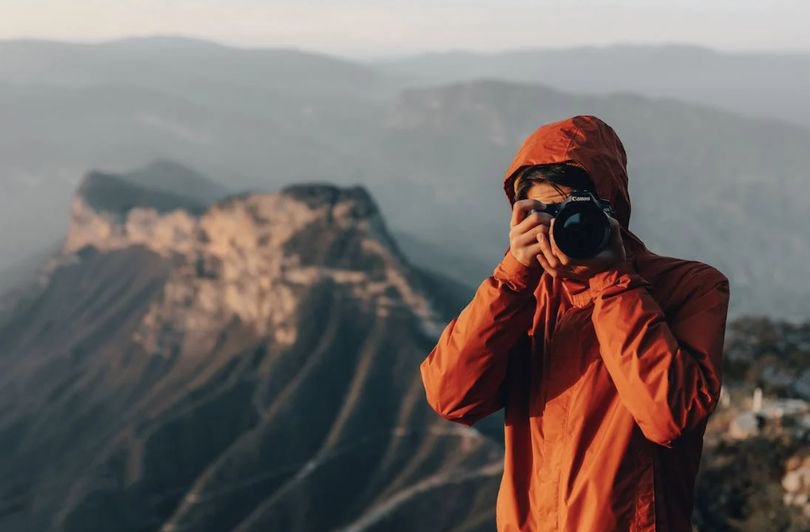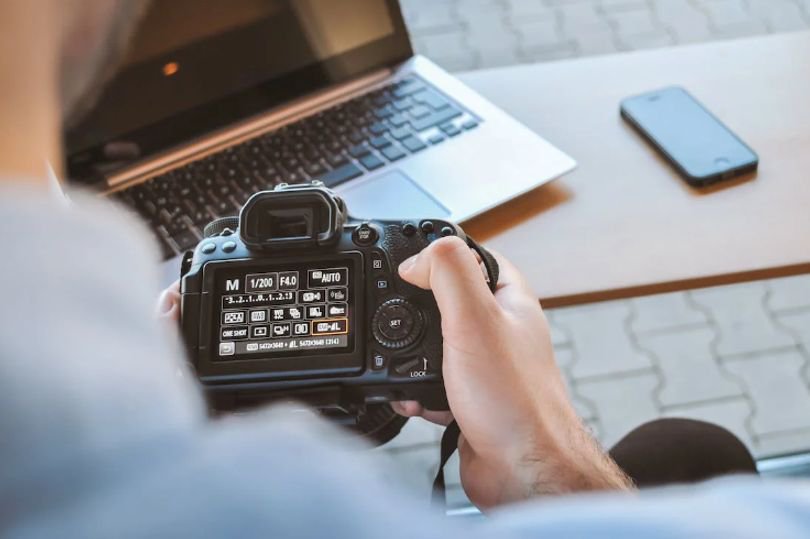The Ethics of Street Photography
Street photography can be controversial, as it often involves capturing people in public spaces without their consent. In this post, we will explore the ethics of street photography, including when it is appropriate to take photographs of strangers, and how to be respectful of the people you are photographing. We will also discuss the legal implications of street photography, including privacy laws and copyright issues.

Street photography is a fascinating and often captivating genre of photography. It captures the beauty and rawness of everyday life in urban environments, and can provide a unique insight into the people, cultures, and communities that make up our world. However, street photography can also be a controversial practice, as it involves taking photographs of strangers without their consent. This raises important ethical questions about the responsibilities of street photographers, and the rights of the people they photograph.
One of the primary concerns with street photography is the issue of consent. While it is legal to take photographs of people in public spaces, this does not mean that it is always ethical to do so. Many people feel uncomfortable being photographed without their consent, and may feel violated or exposed when their image is captured without their knowledge. Street photographers have a responsibility to respect the privacy and dignity of their subjects, and to be mindful of the impact that their photographs may have on the people they capture.

Another ethical issue with street photography is the potential for exploitation. Some street photographers may take advantage of vulnerable individuals, such as the homeless, in order to capture dramatic or provocative images. This type of exploitation is unethical and can perpetuate negative stereotypes and stigmas. Street photographers must be aware of their own biases and prejudices, and must strive to capture images that are respectful and accurate representations of the communities they are photographing.
There is also a question of how street photographers use and share their images. In the age of social media, it is easy for photographs to be shared and circulated widely, often without the knowledge or consent of the subjects in the photograph. This can have serious consequences, such as the loss of privacy, the perpetuation of negative stereotypes, or even harassment or persecution. Street photographers must be aware of the impact their images may have, and must be respectful of the wishes of the people they photograph.

So, how can street photographers ensure that their practice is ethical and respectful? First and foremost, they must prioritize the rights and dignity of their subjects. This means seeking consent when possible, being mindful of the impact of their photographs, and avoiding any exploitation or objectification of vulnerable individuals. Street photographers must also be aware of their own biases and prejudices, and must strive to capture images that are respectful and accurate representations of the communities they are photographing.

In addition, street photographers should consider the context in which they are taking photographs. For example, taking photographs of people in vulnerable or sensitive situations, such as at a protest or in a hospital, requires a higher degree of sensitivity and respect. Street photographers must be aware of the power dynamics at play in these situations, and must strive to capture images that are truthful and respectful of the subjects’ rights and dignity.
Ultimately, the ethics of street photography are complex and multifaceted. While it is important to capture and share the beauty and rawness of everyday life, it is equally important to do so in a way that is respectful, responsible, and ethical. Street photographers must be aware of their responsibilities, and must prioritize the rights and dignity of their subjects in order to create truly meaningful and impactful photographs.